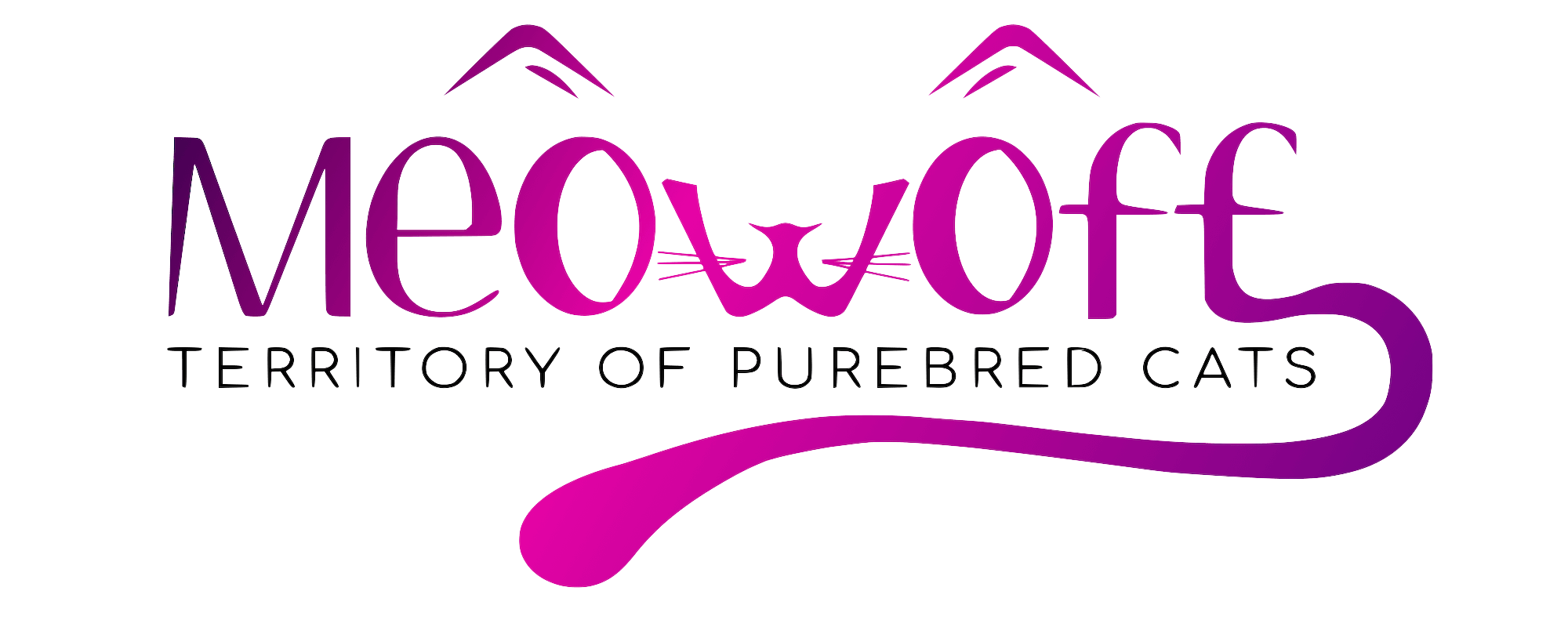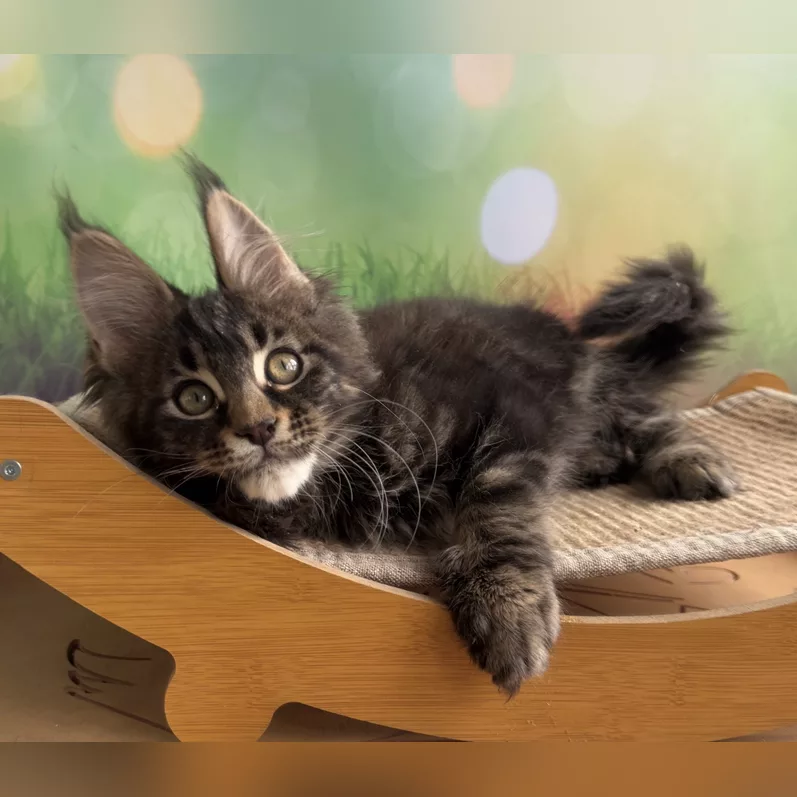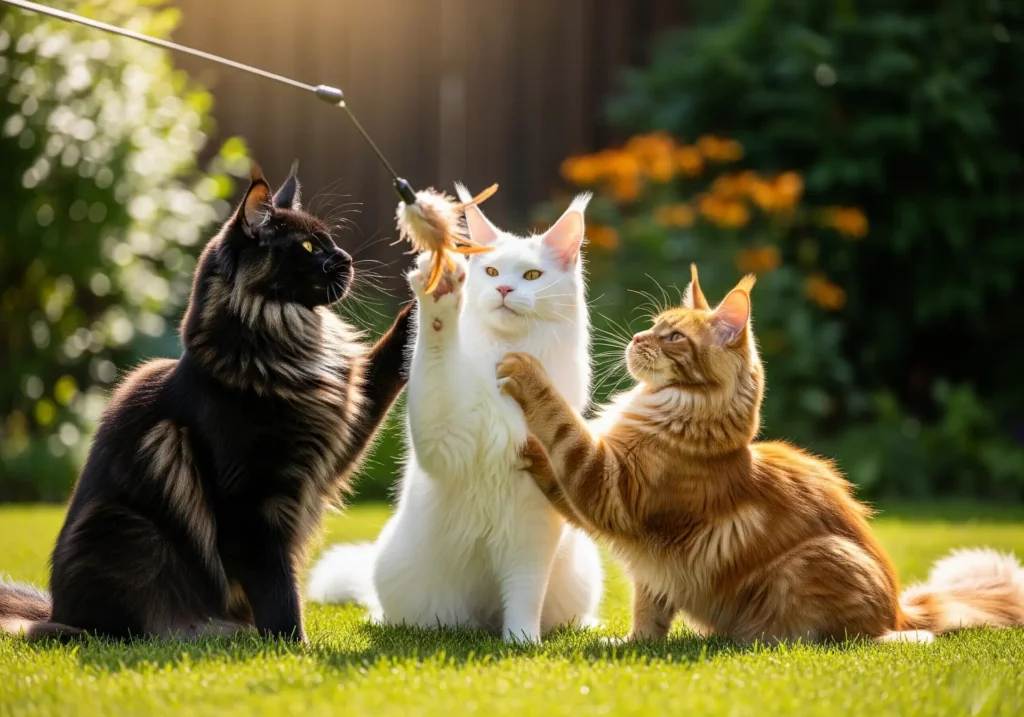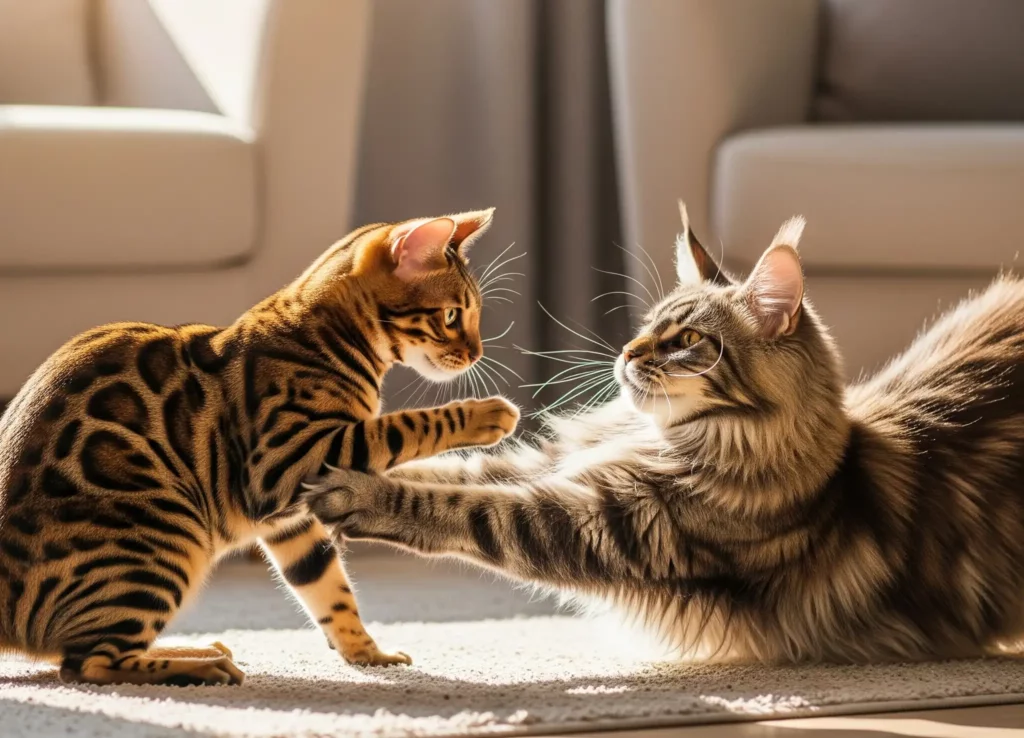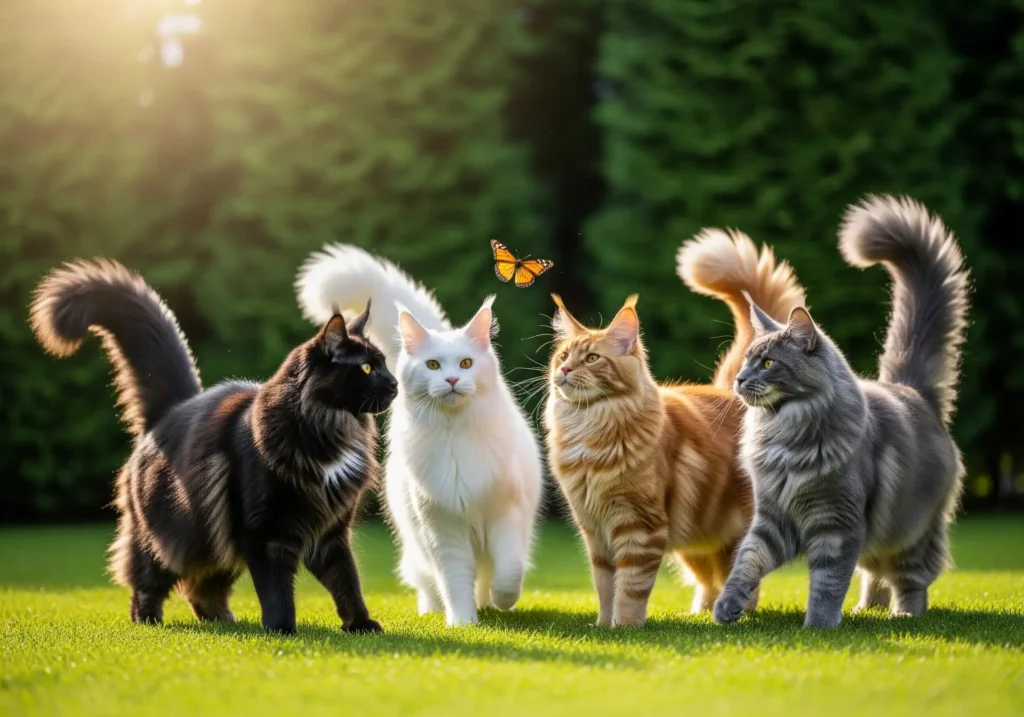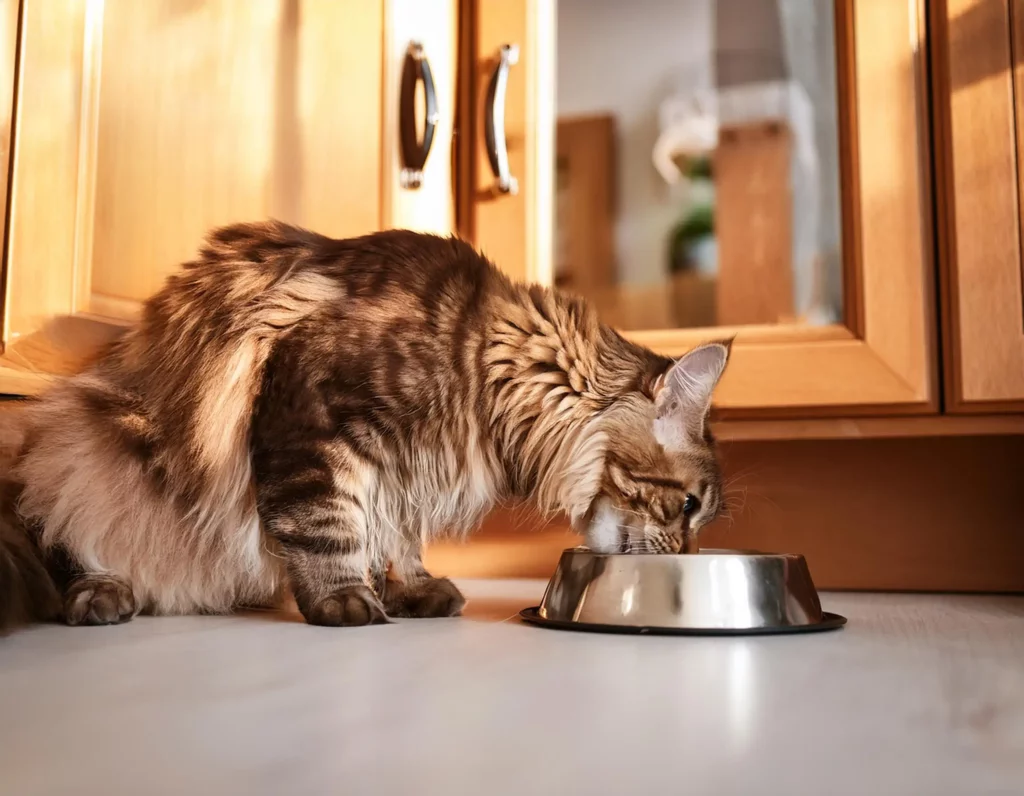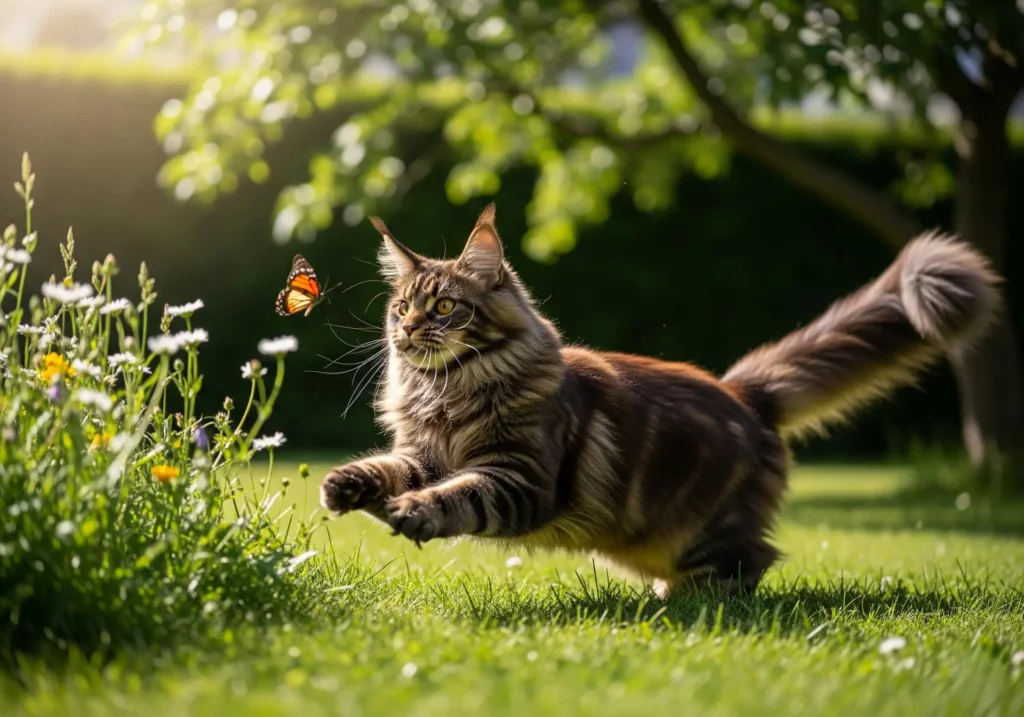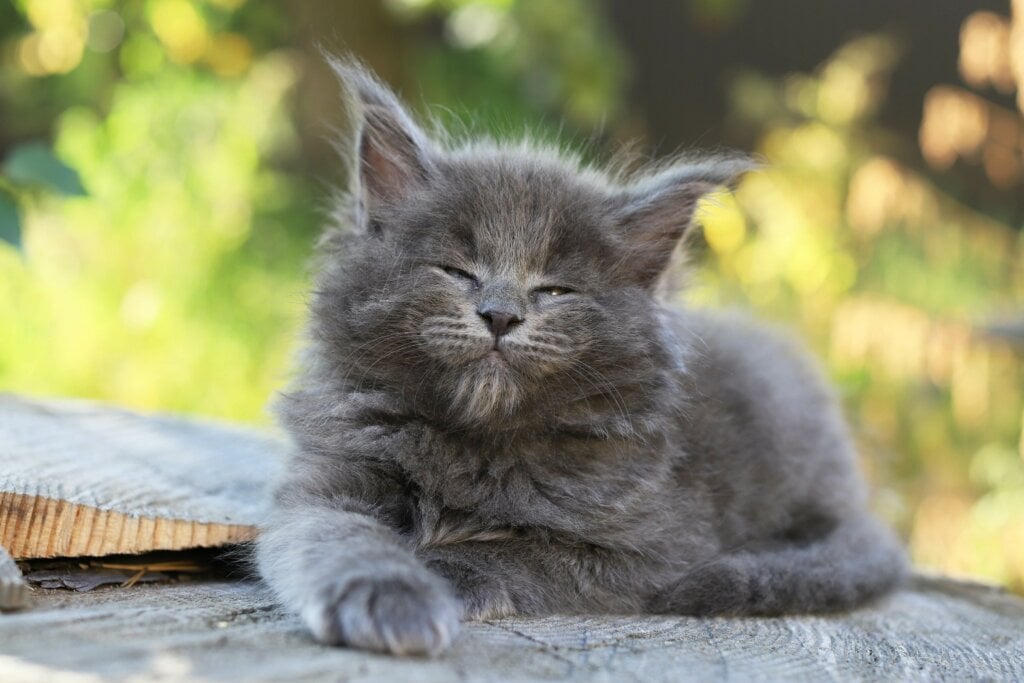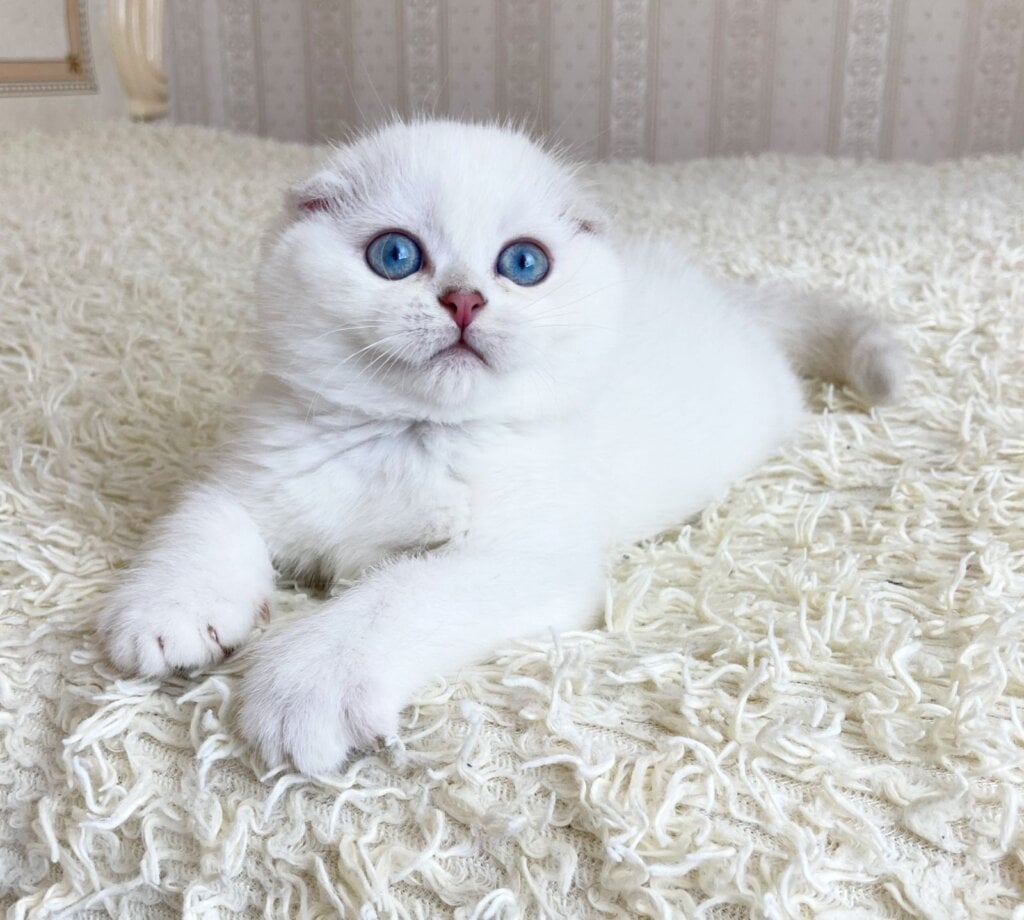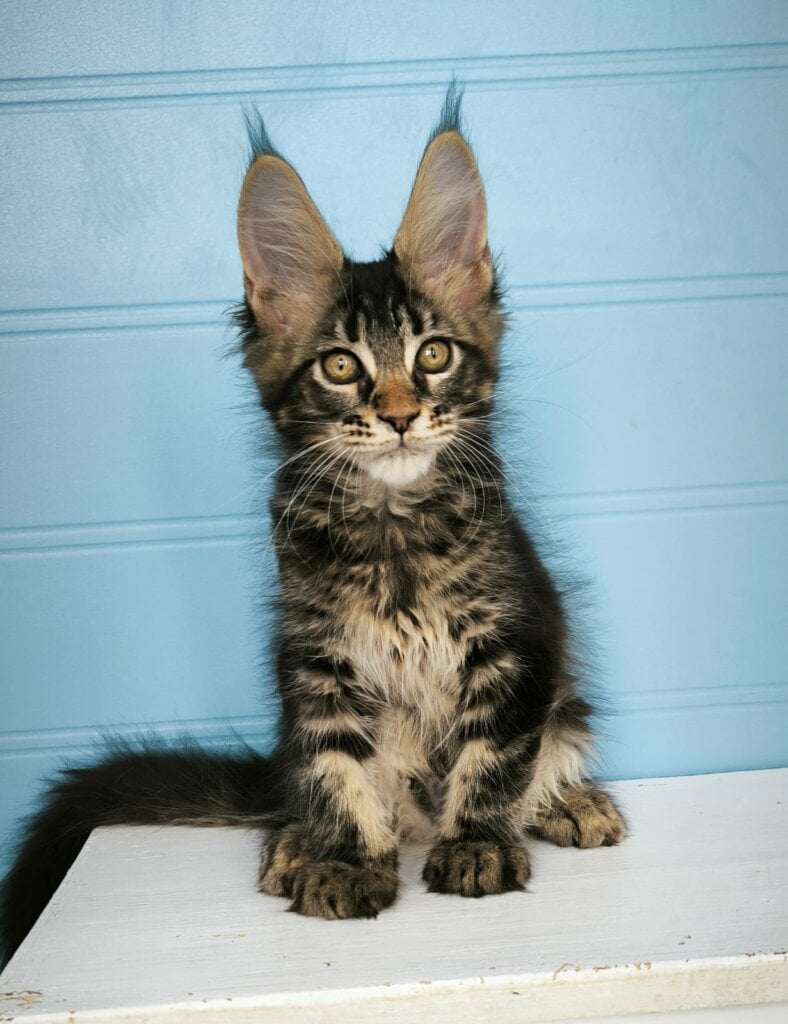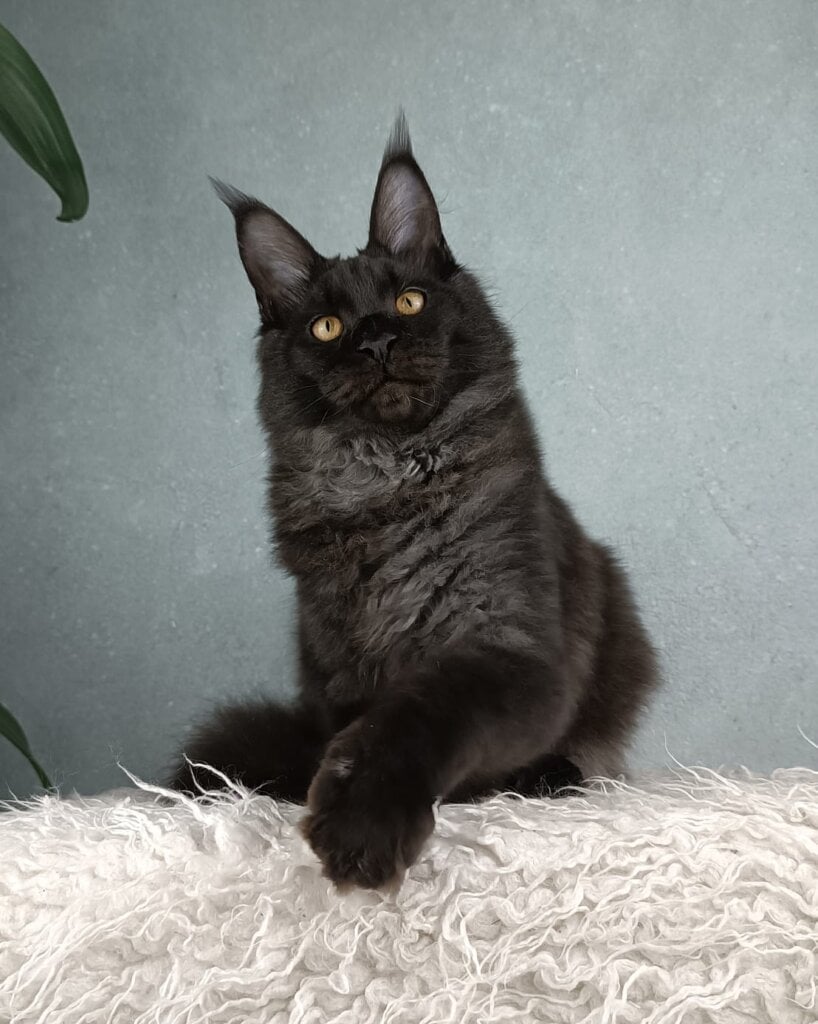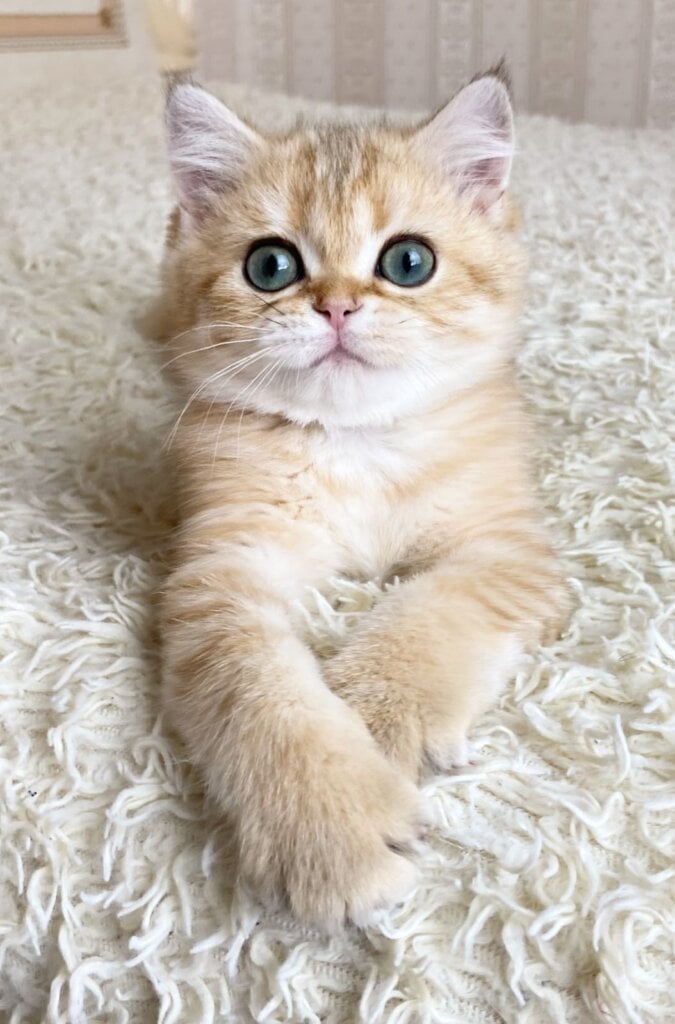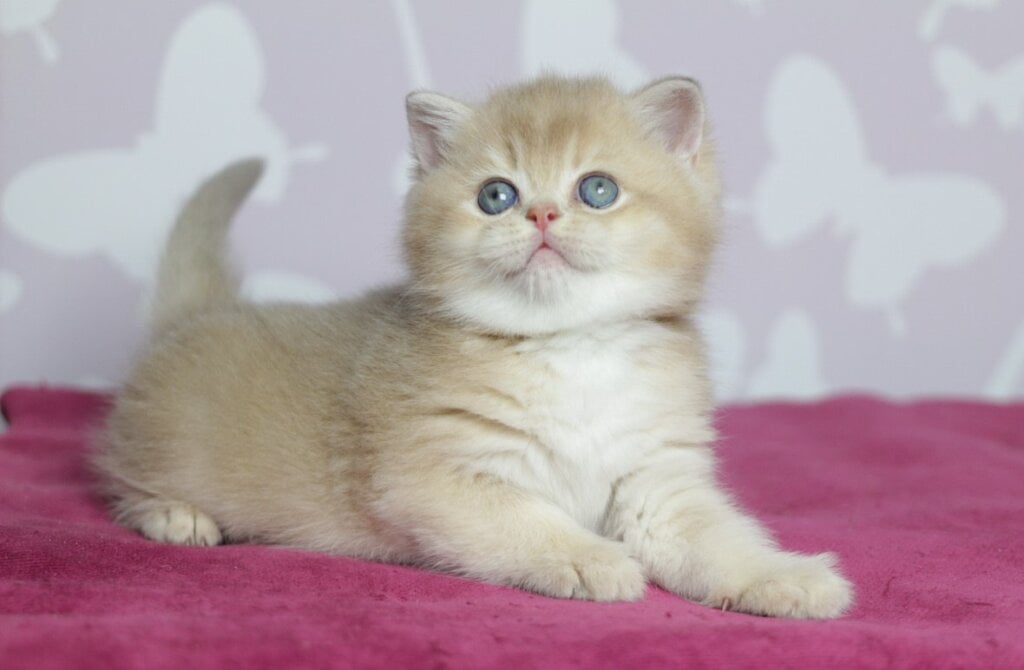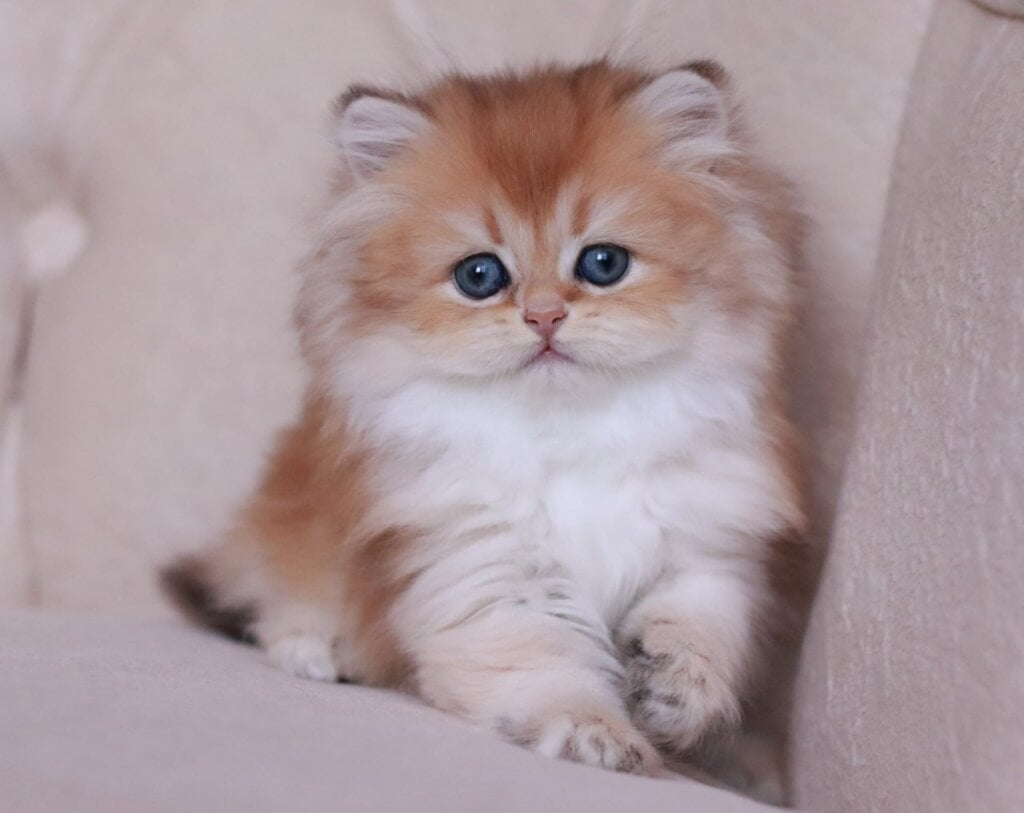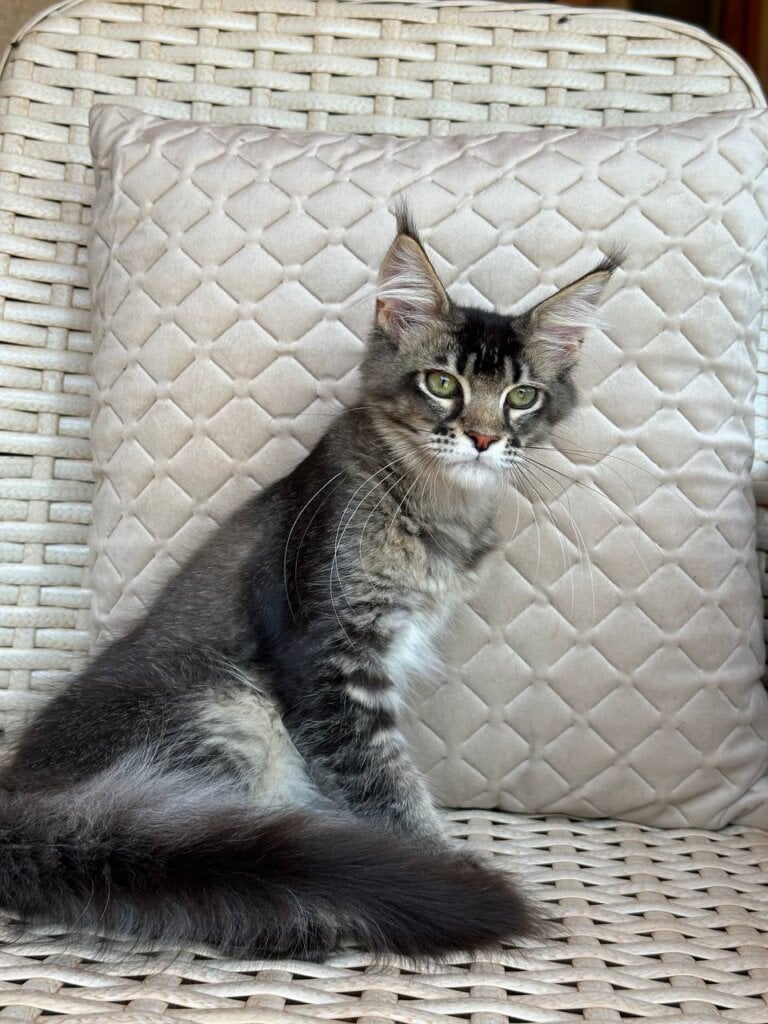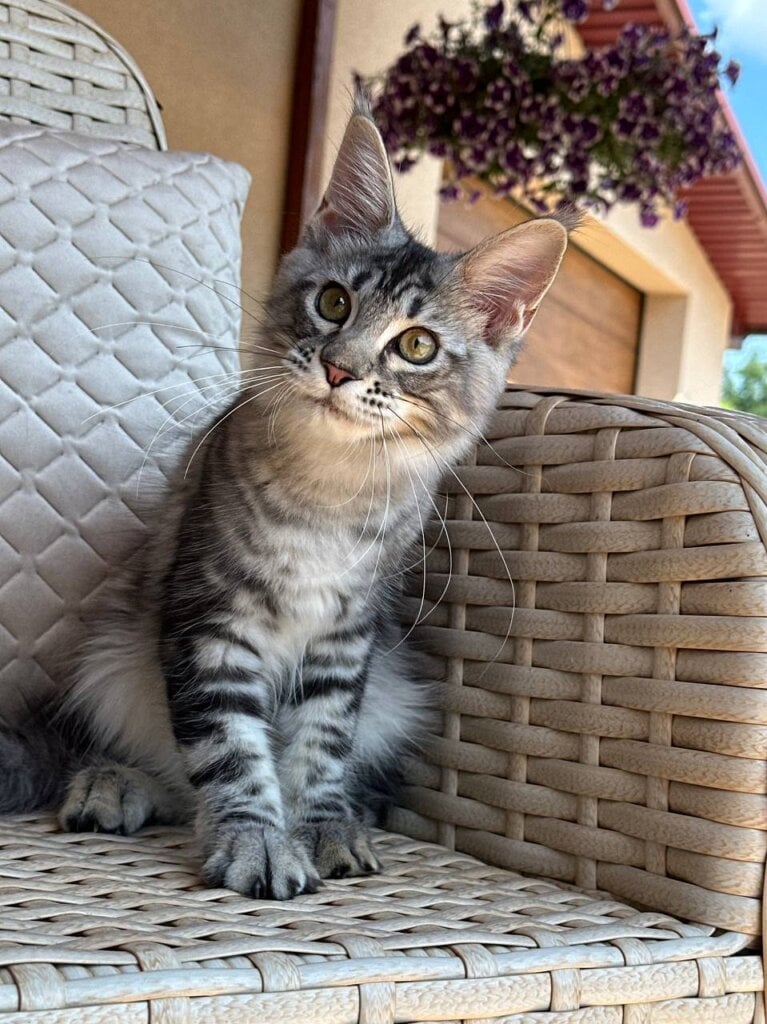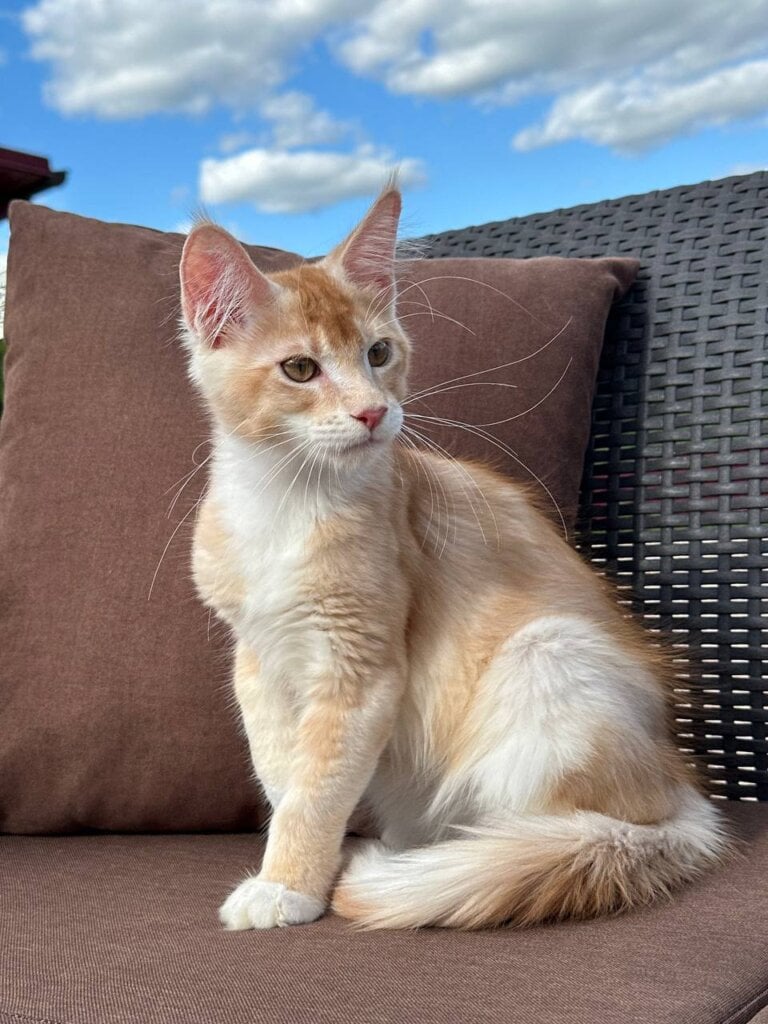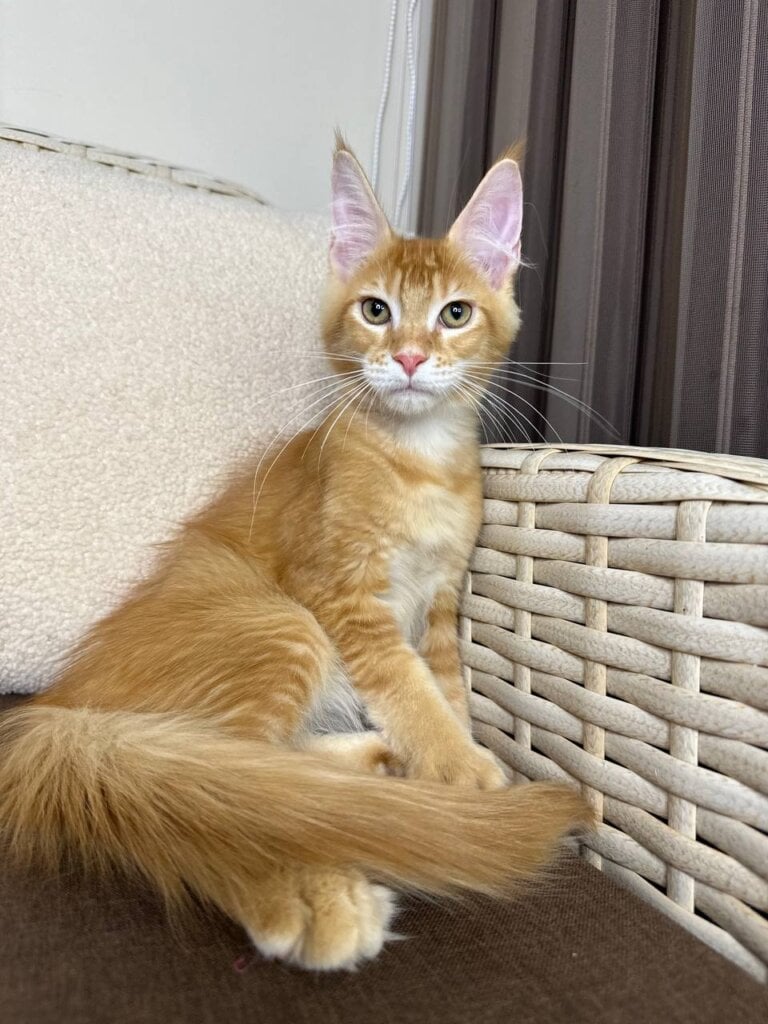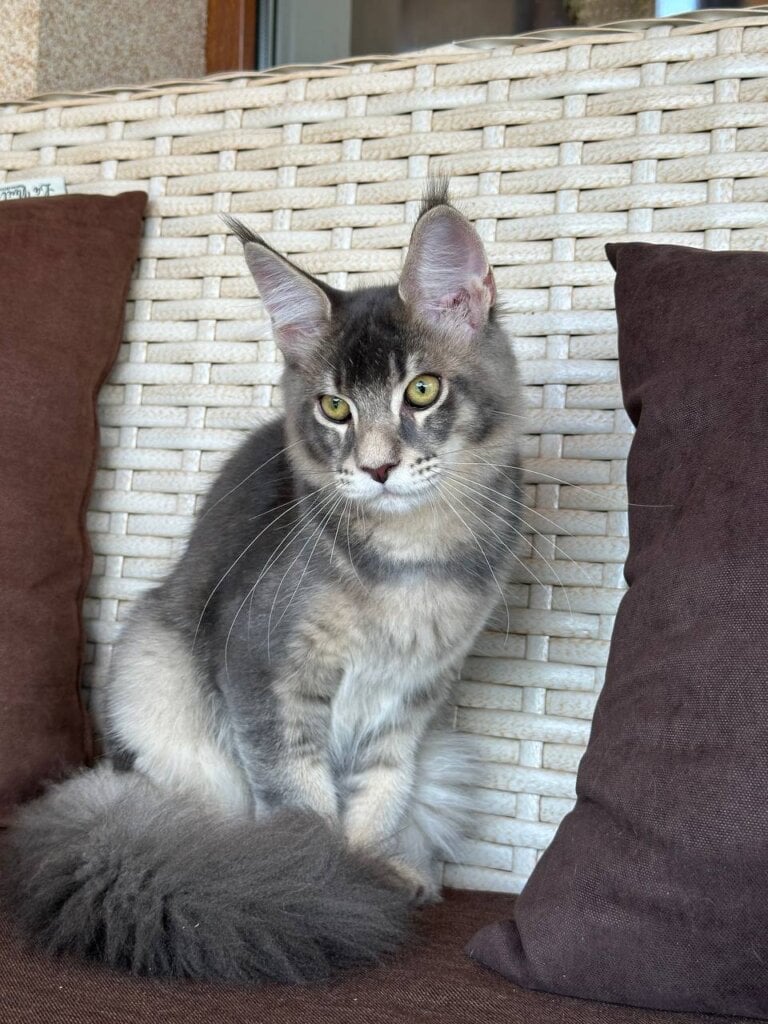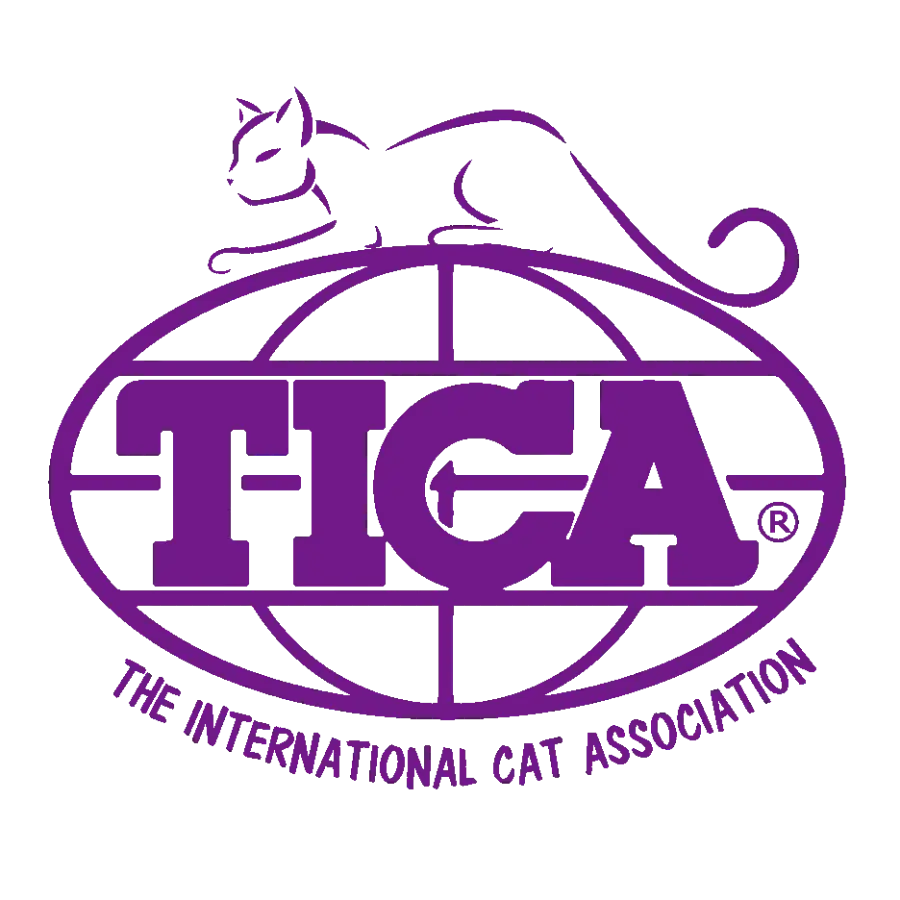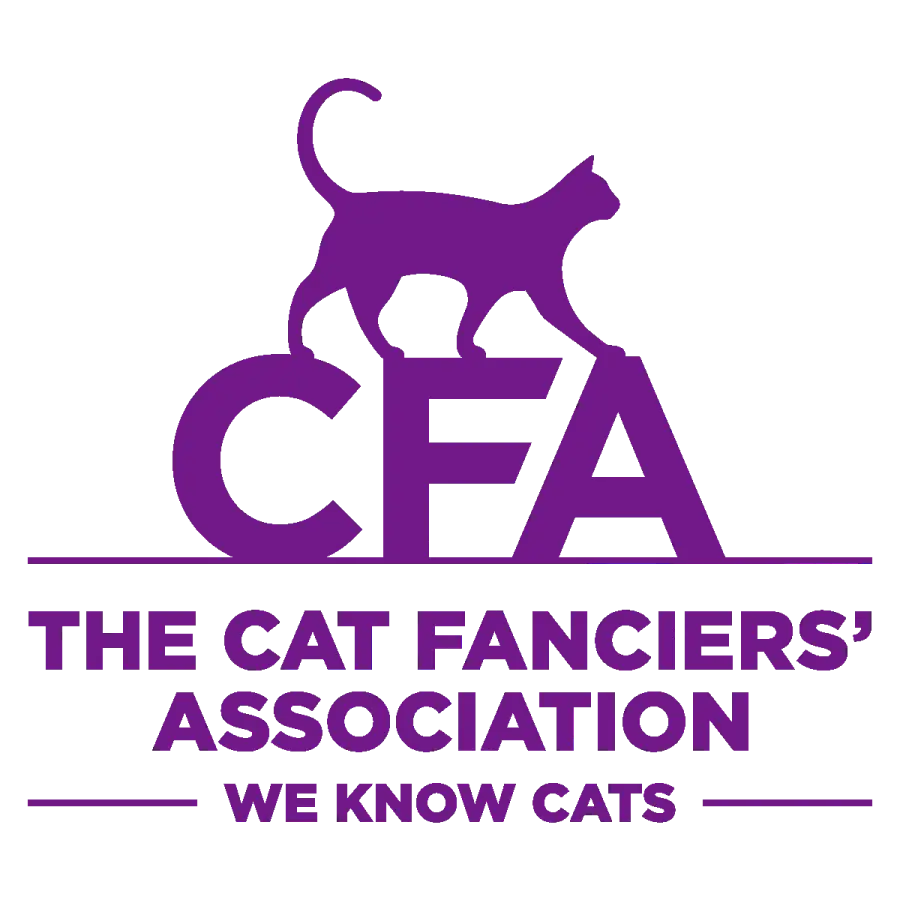What Are Maine Coons and Persians
Origin of Maine Coons
Maine Coons are considered one of the oldest domesticated cat breeds in the United States. They are famous for their regal look and great size. These large felines are frequently considered the gentle giants of the cat world.
Maine Coons are an American breed that originated in New England. They’ve evolved to thrive in frigid climates with their long, water-resistant coats. They were first recognized in the state of Maine, which is where their name comes from. Their history is an intriguing mix of myth and reality.
Fables float about them cruising on boats or showing up as mates to the very first settlers. These cats are more than sheer size and beauty. Maine Coons are well-renowned for their dog-like tempers. They are extremely social, usually shadowing their humans from room to room and always getting into mischief.
This charm, combined with their gentle demeanor, makes Maine Coons a great choice for families and singles alike. They have a loving, playful temperament. This is a quality that makes them excellent companions for other pets, so they are well-suited in households with multiple pets.
That’s right – according to statistics, 80% of Maine Coon owners say they have a very chill dynamic with any other pets within the house!
Origin of Persians
Maine Coons may have a fascinating history, but Persian cats are no less interesting. These glamorous kitties probably came from Persia, present-day Iran. They found their way to Europe in the 1600s.
Their popularity grew with their unique, flat faces and extravagant long fur, creating an opulent, royal look. This breed is probably the most recognizable breed in the world, often associated with beauty and opulence.
Persians generally are medium-sized cats, with a weight range averaging 7 to 12 pounds. They’re known for their calm demeanor and gentle, laidback temperaments. Compared to Maine Coons, Persians are more sedentary and enjoy a more relaxed activity level.
A common misconception about Persians is that they are stupid, which is ironically the opposite reason people love them. In return, they may not be quite as trainable or interactive as a Maine Coon. Their tranquil demeanor might just add the peaceful energy you’re looking for in your home.
Temperament, Behavior, and Traits
Maine Coons are large cats. Their size can make them prone to obesity. If you want them to live longer, exercising is key. At least 30 minutes of daily exercise, mental stimulation, and play are essential to keep them healthy and happy.
Persians need a laid-back lifestyle. Those very same luxurious coats require regular grooming to avoid tangles and matting.
Physical Characteristics Comparison
Size and Body Structure
When it comes to physical characteristics, size Maine Coons and Persians are both impressive in their own right. Maine Coons are currently one of the largest domesticated cat breeds in the United States. Males usually weigh 15 to 25 pounds and females are about 8 to 12 pounds.
Their bodies are athletic and muscular, bestowing them with a powerful majestic presence. Body type Persians are known as medium-sized cats. Adults usually range from 10 to 15 inches in height and 7 to 12 pounds in weight.
Though they are slightly smaller, their opulent, silky long hair makes them look much more majestic. Persians are particularly prone to obesity. If they’re not monitored really closely, their weight can just blow up.
Head and Facial Features
The difference in head and facial features is amazing between these two breeds. Persians are known for their distinctive flat, round faces. As a result, their special adaptations tend to produce a noticeable “scrunched” effect, like they’ve been pushed up against a glass wall.
This extreme facial morphology is perhaps their most well-known physical characteristic. Maine Coons have an easily recognizable face shaped the old-fashioned way. Their anthropomorphic characteristics give them an endearing and congenial appearance.
Their heads are proportionally longer, which adds to their stocky appearance.
Ears and Tail
Ears and tails provide a further cultural marker. Maine Coons have big, pointy, tufted ears that are set high on their heads, which makes them look like small lynxes. Their tails are very long and bushy, which help them with balance and makes them look very regal!
Persians instead sport short, rounded ears that curl into the breed’s thick coat. Their tails, although equally plumose, are somewhat shorter and more compact, flowing together elegantly with their overall shape.
Fur and Coat Colors
Fur and coat colors are a large part of the draw to both breeds. Persians are famous for their wide variety of colors. Their colors range from strikingly beautiful white, orange, black, blue, and cream, giving the species great aesthetic variation.
Their coats are long and silky, and they must be meticulously groomed, lest their beauty turn to shambles. Maine Coons aren’t as colorful, but the colors they do come in are still incredibly striking. Their coat is medium to long with a heavy undercoat.
You will usually see them in brown, black or gray colorings. Tabby patterns are very prevalent.
Legs and Feet Structure
Lastly, the unique leg and foot structure help give these cats a more striking appearance. Maine Coons have particularly strong, muscular legs that easily support their larger frames. To help, their large, fluffy paws insulate them and keep these guys walking on snow and rocky terrain.
Persians, on the other hand, have shorter, stubbier legs to match their stocky bodies. Their feet are delicate and lady-like, very appropriate to their graceful character.

Temperament and Sociability Differences
1. General Temperament Traits
A friendly Maine Coon cat Maine Coons and Persian cats are both known for their sweet temperaments, though they differ slightly in their sociability. Maine Coons are known for their friendly and loving temperament. They get along great with kids and any other pet in the house, because they just make friends with everyone.
Their affectionate nature and eagerness to socialize make them great for households looking for an energetic friend. In contrast, Persian cats are best suited to the role of a calming companion. Their gentle and easygoing disposition makes them happy in solitude, frequently leaving them to favor a calm setting.
Loving their owners, dogs are not needy for affection. This temperament trait, combined with their social nature, makes them an ideal fit for those looking for a serene companion.
2. Interaction with Humans
Maine Coons have an impressive knack for reading a room. They plop down with you, when you pet them they purr, and they snuggle hard, making them all the more delightful to new adopters. Their sociable and outgoing temperaments endear them to everyone, especially children who will love having an interactive pet.
Persian cats, on the other hand, provide a more intimate bond. Their calm demeanor doesn’t lead them to want to put up with rowdy play or being carted around all day. They enjoy light affection and express their love in soft, understated manners.
These make them ideal for people who want a low-maintenance pet relationship.
3. Behavior with Other Pets
As for their ability to live alongside other creatures, Maine Coons do so quickly and effortlessly. Their sociable temperament allows them to develop bonds with your existing pets, making for a peaceful and friendly home. They love being around other furry companions, usually having a blast with their four-legged friends.
Persian cats take a much more aloof approach. Although they are sociable and acclimate well with other pets, they enjoy a more tranquil atmosphere. They are more guarded and less likely to seek out interaction, enjoying a more subtle experience where they can unwind without disruption.
4. Playfulness and Activity Level
Maine Coons need lots of stimulation and love to play. Their temperament and sociability contribute to their playful nature, which is one notch above Persian cats, who enjoy sleeping more than vigorous play. Maine Coons love to explore and need lots of outlets for their energy.
That energy paired with their friendly temperament makes them great companions for active families who enjoy lots of interactive play. Persian cats do very well as indoor-only cats. They are all about the comforts of home and do not need a lot of outdoor activity.
Their easy-going nature makes them ideal for people who want a more low-key pet.
5. Vocalization and Communication
As for sociability, Maine Coons are a very vocal breed. They often use an amazing range of vocalizations to communicate with their human caretakers. This behavior aids them in making their presence known and participating in discussions.
This trait endears them to anyone who loves a talkative animal. Persian cats, on the other hand, are more demure in their meows. Their communication can be less in-your-face, maybe under and more subtle, objecting a great deal of effort to introducing their needs.
This feature renders them amazing for anyone who values a quieter and calmer living space.
Health Considerations for Both Breeds
Common Health Issues in Maine Coons
Although this breed has a fairly good reputation when it comes to overall health, they are still not free of certain health issues. Hip dysplasia is something both breeds know all too well. This inherited dynamic disease can lead to pain and lameness in dogs later in life. Larger breeds, including the Maine Coon, are more frequently affected by this condition.
So it’s really important to keep a close eye on their weight. Obesity is a big issue as well, so keeping them active with a variety of toys and regular exercise is key in preventing this. Spinal muscular atrophy is another inherited disorder that can be seen in Maine Coons, causing them to lose muscle tone and mobility.
Routine vet check-ups are important to get ahead of any health problems that may arise. They ensure great peace of mind and the ability to catch any potential issues at the earliest time. With regular screenings, these risks can be mitigated successfully, keeping these gentle giants happy and healthy.
Common Health Issues in Persians
Persians, with their popular, distinctive flat faces, are adorable, but that facial structure increases the risk for many serious health issues. Respiratory problems are very common too, as their flattened face means they often struggle to breathe. This brachycephalic facial structure can create a host of eye issues.
Frequent problems are conjunctivitis and tear duct obstructions, both of which will require routine attention. Dental health is a prominent issue with Persians. About 80% suffer from tooth decay and gum disease, a condition that stems largely from their unique facial structure.
Routine dental care and regular vet visits can help curb these concerns. Persians are prone to obesity, usually due to their fondness for food and a more laid-back lifestyle. Moderate exercise and mindful feeding can go a long way in reducing these risks, and making sure they’re around for a long, happy, healthy life.
Lifespan Expectations
When it comes to lifespan, both breeds present their own unique considerations. Maine Coons have an average lifespan of 12 to 15 years. If they remain in good health and receive routine vet care, they are able to live a much longer life. Their strong build typically results in a long and happy life.
It’s best to be proactive about their health concerns, including obesity and hip dysplasia. Persians, however, have a somewhat shorter life expectancy, usually reaching between 10 and 15 years of age. Their lifespan mainly hinges on how well they manage breathing and dental concerns.
It does so based on their ability to stay at a healthy weight. Regular veterinary care and being up to date on vaccinations are key factors in prolonging your pet’s life. Routine dental care makes a big difference in their overall quality of life.
Whether choosing a Maine Coon or a Persian, understanding these health aspects is key to ensuring a loving companion for many years.
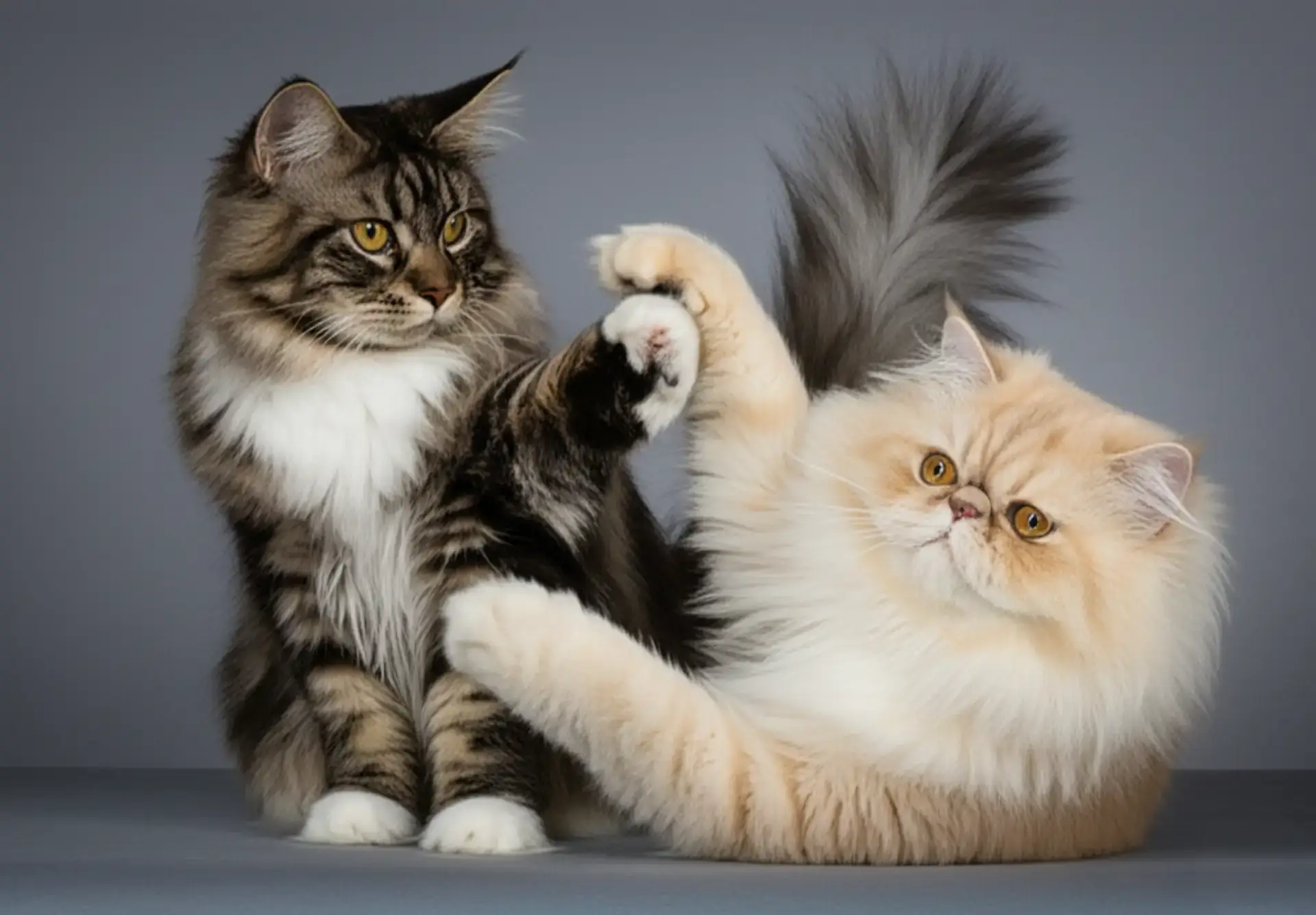
Care and Maintenance Needs
When deciding to care for Maine Coon or Persian cats, it’s important to know what makes them different. This consistently promotes giving and sharing knowledge so that these feline companions live long and prosperous lives.
Grooming Requirements
Both Maine Coons and Persians need regular grooming to keep their fur healthy and clean. Maine Coons have a semi-longhair coat, so regular grooming sessions are necessary to keep hair from getting matted. Regular brushing a few times a week keeps their fur from matting and helps control shedding around the house.
Conversely, Persian cats, which are easily identifiable with their silky long-haired coats, require daily brushing. This routine helps avoid tangles and matting, letting their coat stay healthy and shiny! It isn’t solely about how they look – it’s important to keep a routine with grooming to prevent skin problems and deepen your bond with your pet.
Birmans also have special grooming needs due to their health concerns. In comparison, Siberian cats are lower maintenance when it comes to grooming despite their abundant double coat.
Dietary Needs
We know that feeding your cat a complete and balanced diet is an important part of keeping them happy and healthy. Both Maine Coons and Persians do best with high-quality cat food designed to cater to their particular needs. As larger felines, Maine Coons need food that matches their muscular physique and energetic nature.
You need to keep a close eye on how much they are eating to make sure they don’t become overweight, a major issue for this breed. Persian cats are laid back, so they need a special diet. This diet contributes to their overall well-being and to the development of their stunning coat.
Plan on spending about $1200-1800 per year (average over lifetime) for your pet. This covers things like food, grooming, litter, toys, and basic vet care such as vaccinations, flea prevention, and dental care.
Exercise and Play Needs
Maine Coons are fun and active, requiring vigorous exercise to keep them healthy and physically fit. Adding toys and movement activities to their routine helps them focus their energy and stay active.
Even more reserved breeds like the Persian enjoy playtime on a daily basis to keep them from getting bored and maintaining a healthy weight. Interactive toys or hiring someone for daily walks can help Maine Coons meet their exercise needs, ensuring they remain healthy and happy.
Suitable Toys and Activities
The right care and stimulation will go a long way in ensuring your Maine Coon or Persian cat has a happy and healthy life. Maine Coons love interactive toys that keep their minds active and exercise their natural hunting instincts.
Puzzle feeders, feather wands, and laser pointers can all get your kitty moving. With their chill disposition, Persians enjoy toys that provide soft stimulation. Soft balls, catnip toys, and scratching posts will keep them busy while not overstimulating their senses.
Providing appropriate toys and activities for both breeds enhances their environment and promotes their physical, mental, and emotional health.
Ownership Costs and Considerations
When you decide to adopt either a Maine Coon or a Persian cat, consider the ownership costs. It’s important to keep in mind the specific needs of each breed. Though both are delightful and loving pets, they have very different needs and ownership costs.
Initial Purchase Price Comparison
Depending on the breeder, the upfront cost of a Maine Coon or Persian kitten will differ greatly. Breeder reputation, lineage, and location greatly affect price. Ragdolls range from $1,000 to $2,500. In the same vein, Maine Coons fall into a similar price range due to their size and pedigree.
Persian kittens, bought from registered breeders, cost between $500 and $3,000. These prices should account for the breeder’s investment in quality animal care and responsible breeding practices. It’s important to think about these upfront costs as an investment into a happy and healthy pet.
Ongoing Care Expenses
Aside from the purchase price, keeping a Maine Coon or Persian cat is an expensive proposition. Maine Coons are large cats, and as such, they need to eat plenty in order to fuel their activity level. Plan on shelling out at least $1500-$2000 annually on the basics like food, grooming, litter, toys and year-round veterinary care like vaccinations and dental cleanings.
Persians tend to be overweight and develop related health problems. Consequently, they might need a bit more funding of $2000/year to cover the same needs. Their grooming needs are very intensive. Their lengthy, luxurious coats need regular grooming to avoid matting and skin problems.
Cost-Effective Care Tips
Controlling costs while maintaining high quality of care is a priority for every pet owner. For Maine Coons, incorporating a variety of toys or arranging daily walks can help prevent obesity, a common issue due to their size. If you don’t have a lot of time to exercise, you may want to consider hiring an individual to help you stay active.
Most Persians are able to maintain a healthy weight with a carefully controlled diet. This is critical since nearly 70% of them are overweight or obese. Regular grooming at home, with the right tools, can save you money on professional grooming expenses.
By investing in preventative care like flea prevention and routine check-ups, we catch potential health issues early on. This proactive approach can save you money on more costly procedures in the future.
